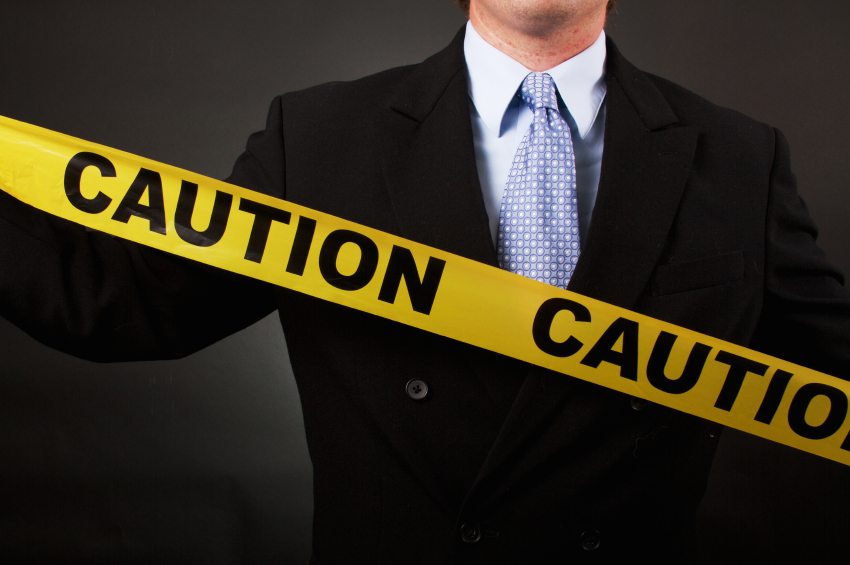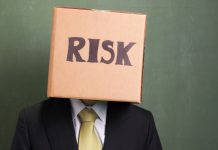When we talk about workplace safety we commonly refer to part of the Risk Management process as being to identify hazards and assess risks. To enable us to do this, it’s important to clearly understand the difference between a hazard and a risk. Confusion between these two terms is quite common and the effective application of risk management strategies in workplaces can be compromised as a result.
Very simple definitions and explanations that we can use to unpack these two terms.
Hazard – A situation or thing that has the potential to harm.
A hazard is something that is tangible. Essentially, we can think about a hazard as being the ‘source’ or ’cause’ of potential harm.
HAZARD = CAUSE/SOURCE
When we’re identifying hazards, we don’t always restrict our thoughts to people; we may extend hazard identification to include hazards that could potentially harm animals, equipment, buildings, or the environment etc.
Risk – The possibility that harm (death, injury, or illness) might occur when exposed to a hazard.
Risk is identified as being the possible harm that ‘results’ from exposure to a hazard.
RISK = POSSIBLE RESULT
When we assess risks, we need to determine what sort of harm could happen, how likely it is this harm occurs, what the severity of the harm could be, and how frequently someone is exposed to the hazard.
When determining the level of risk associated with our workplace, the following steps need to occur:
- What is the hazard?
- What are the risks associated with that hazard?
- Access the risk (likelihood x consequences x frequency)
Here are some examples of potential hazards and risks in Self Storage facilities.
- Hazard = moving vehicles
- Risk = run over or hit by moving vehicle resulting in death or serious injuries
- Hazard = cleaning chemicals
- Risk = chemical poisoning, allergic reactions, chemical reaction causing chemical burns, or eye injuries
- Hazard = violence
- Risk = psychological illness or physical injury
- Hazard = electricity
- Risk = electrocution or electric shock
As you can see from these examples, there can be more than one risk resulting from a single hazard. It’s an interesting exercise in a workplace to give the above information to your workers, and see if they can identify more risks that are associated with each of these hazards listed in our example. This is a simple yet effective exercise that can help people actively think about the hazards and risks in your workplace.
To learn more about the hazards and risks in Self Storage facilities, contact the WHS experts at Safety Makers.







